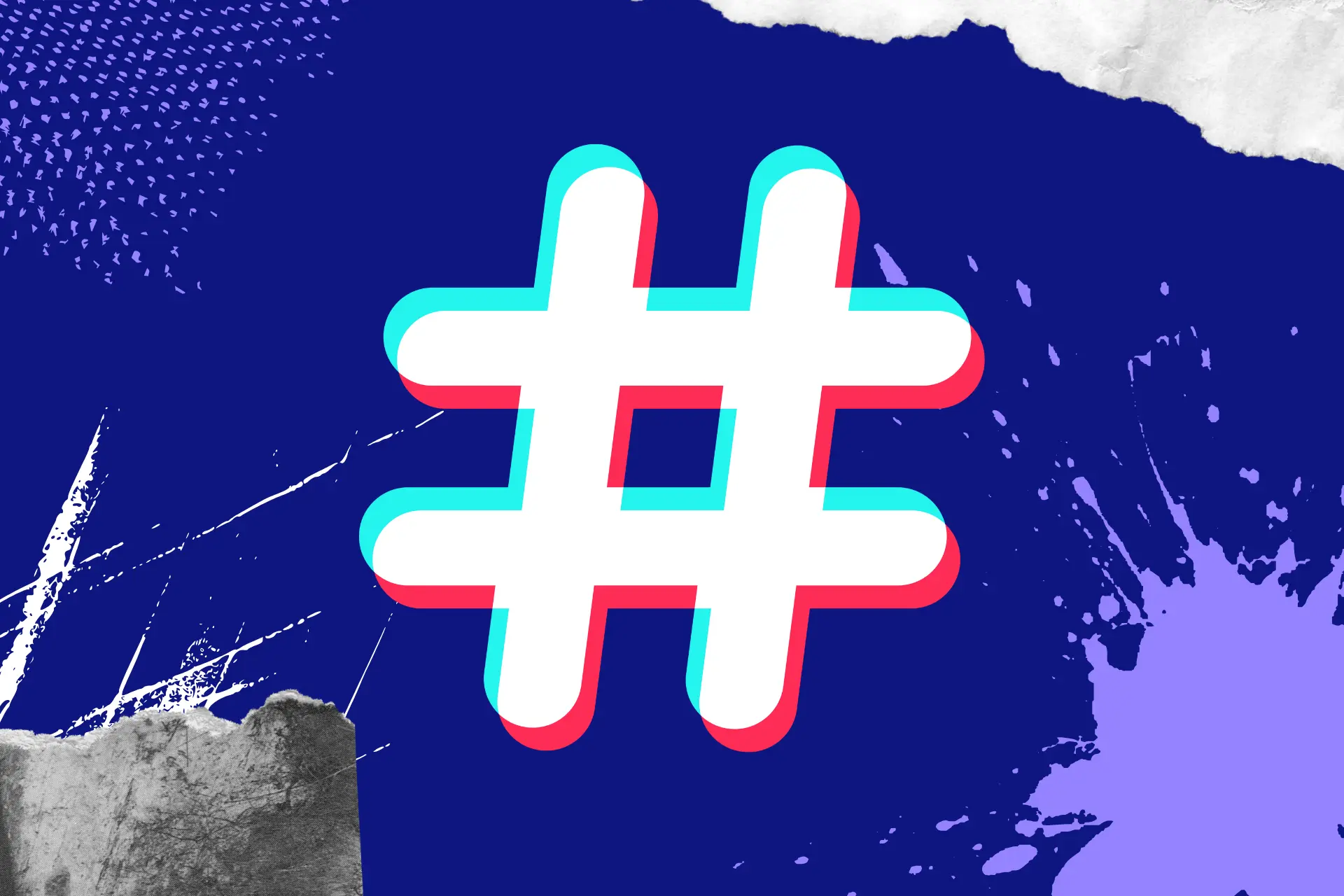Features
Why Sked?
More
Sked Social is a third party app and is not affiliated with or endorsed by any social network platforms.
See our Terms & Privacy Policy.
See our Terms & Privacy Policy.
© 2025 Sked Social. All rights reserved.

Unlock the full potential of your Instagram profile in 2026 with this expert 8-step bio audit guide. Discover actionable tips, the latest best practices, and proven strategies to optimize your Instagram bio for maximum impact, engagement, and discoverability.

Hashtags have long been Instagram's secret sauce for content discovery and engagement. But with algorithm updates and new features like voice-to-text detection and captions on Reels, the game has changed.

Maximize your TikTok impact in 2026 with the latest hashtag strategies. Learn how to combine trending, branded, and niche hashtags, leverage analytics, and avoid common pitfalls to boost your reach and engagement.
.png)
Jackson Berry believes the best social content doesn’t chase attention — it earns it. In this Sked Social Q&A, he shares why saves matter more than likes, why long-term creator partnerships beat one-off deals, and how building genuinely helpful content is still the fastest way to grow.